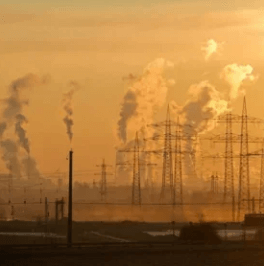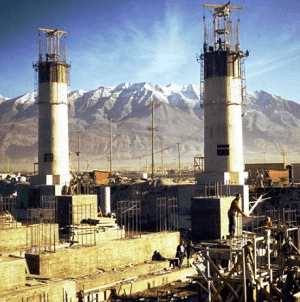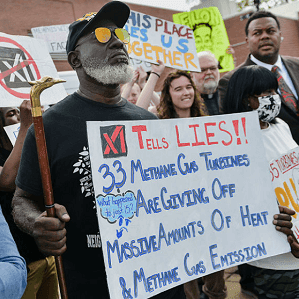Recent findings from Reuters highlight the severe consequences of the Trump administration’s decision to end environmental justice programs, particularly for minority communities. The focus is on residents of Louisiana’s “Cancer Alley,” a region notorious for its high levels of industrial pollution.
Lydia Gerard, a resident of Reserve, Louisiana, lives within a mile of the Denka Performance Elastomer plant, which emits chloroprene, a chemical classified as a likely human carcinogen by the EPA in 2010. Gerard, who has lost friends and relatives to cancer, fears for the health of her eight-month-old great-granddaughter, who is exposed to the plant’s emissions. More than 90% of people living within a mile of the plant are Black, highlighting the racial disparity in exposure to environmental hazards.
The Trump administration’s decision to withdraw a lawsuit against Denka Performance Elastomer LLC, which was initiated by the Biden administration, has left residents vulnerable to ongoing pollution. The administration’s press release stated that ending the use of “environmental justice” aligns with its pledge to eliminate diversity, equity, and inclusion policies.
Environmental researchers and former EPA officials interviewed by Reuters emphasize that the termination of these programs will disproportionately affect Black and Hispanic communities, which have historically endured the harmful effects of pollution. These health inequities are a legacy of racial discrimination that DEI policies aimed to address.
See: “As Trump’s EPA Ends ‘Environmental Justice,’ Minority Communities May Pay a Price” (April 23, 2025)



